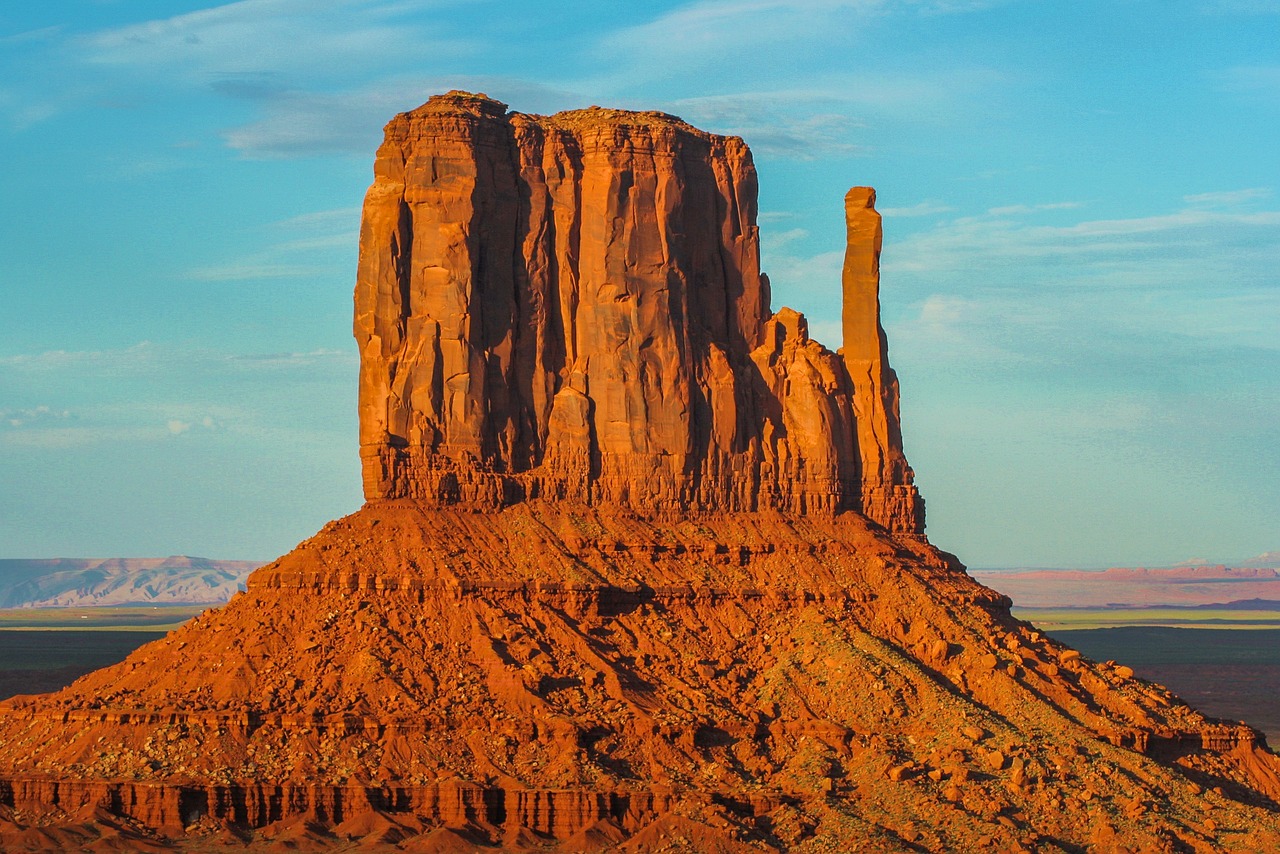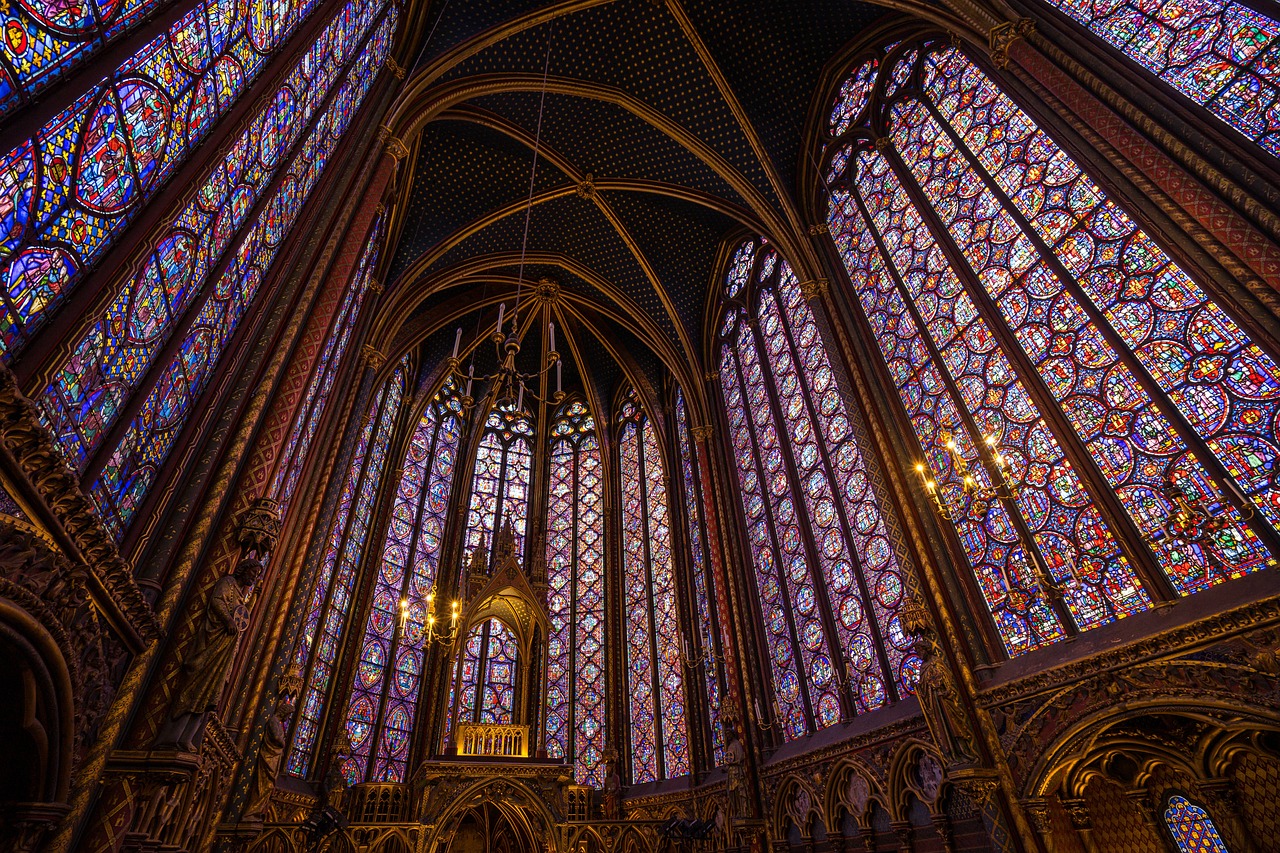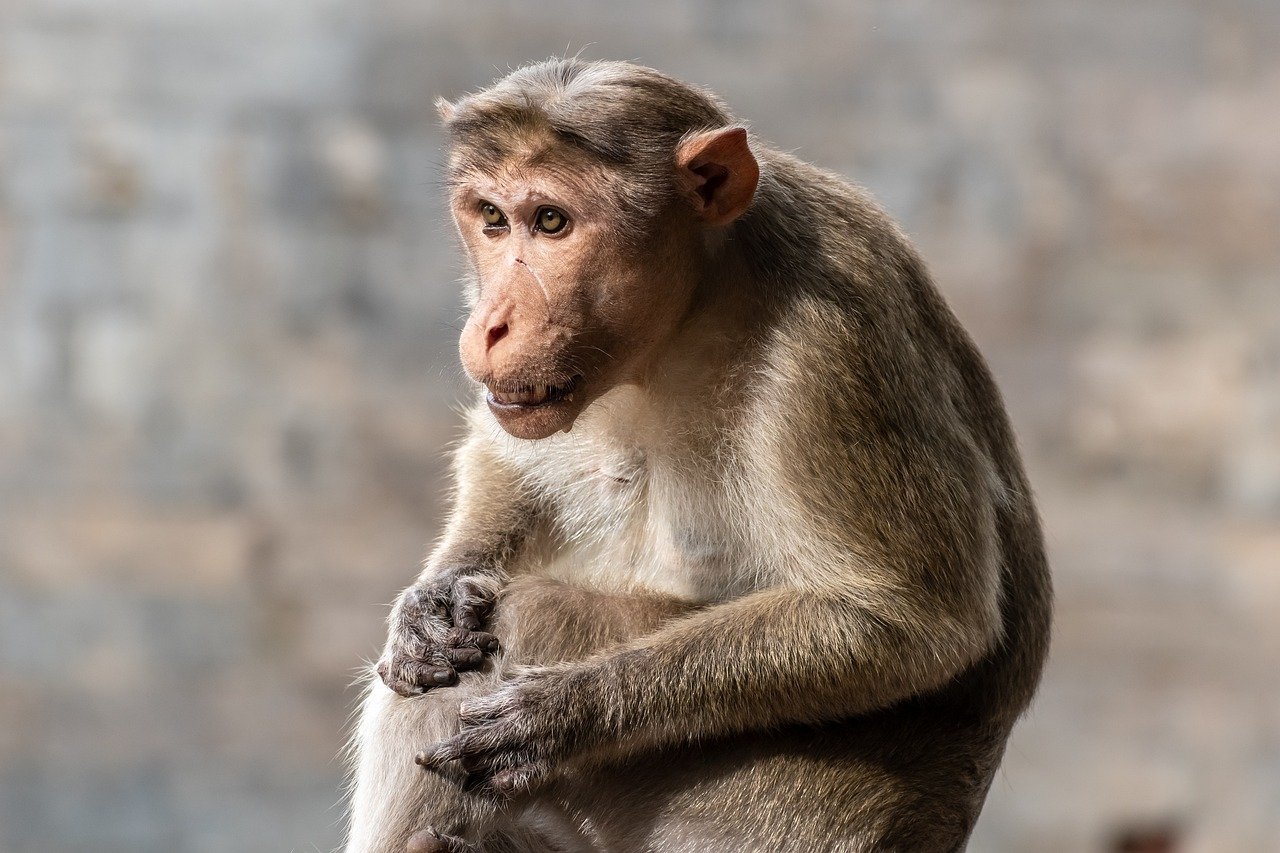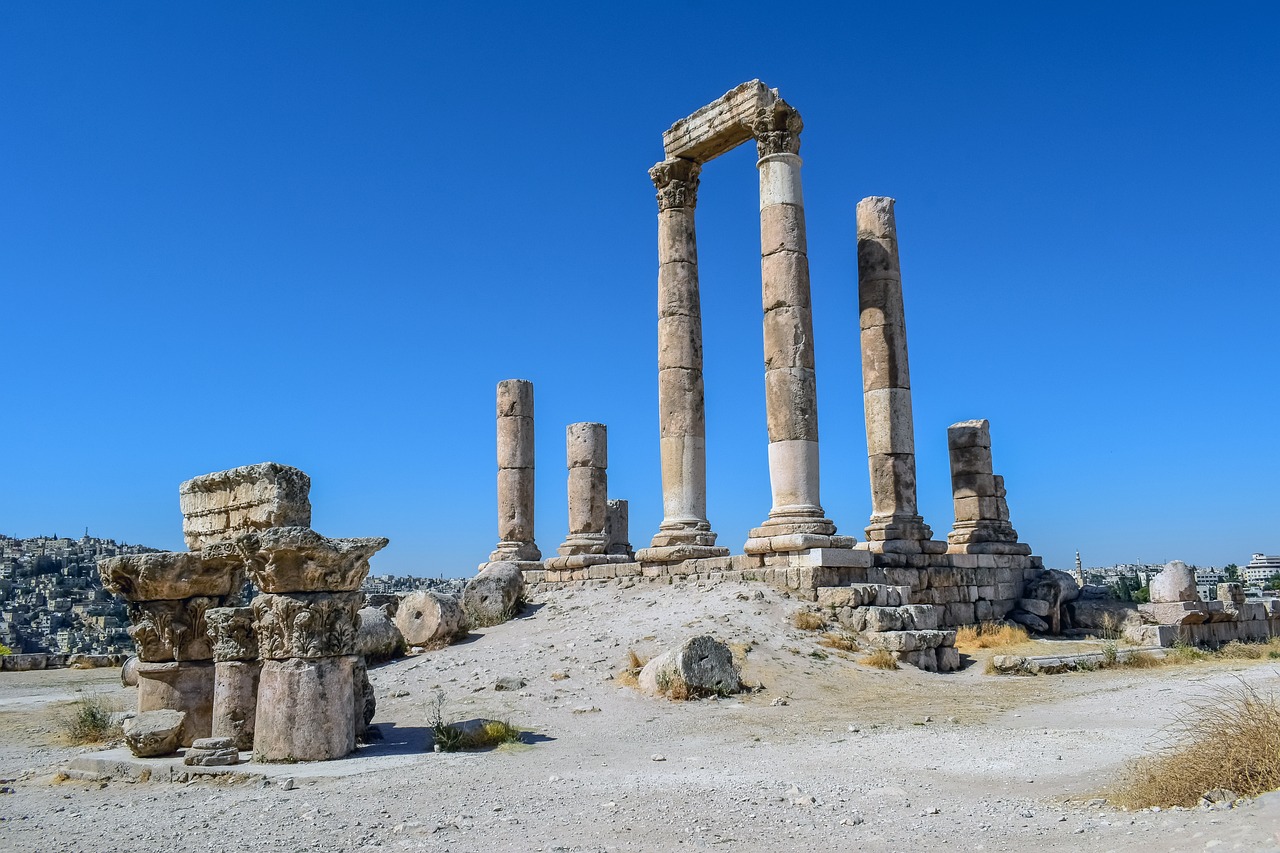The Influence of Ancient Indian Civilizations on Art
Exploring how the rich cultural heritage of ancient Indian civilizations, such as the Indus Valley and Mauryan Empire, continues to inspire and shape various forms of art across the globe today.
Ancient Indian civilizations have left an indelible mark on the world of art, with their intricate craftsmanship and profound spiritual symbolism resonating through the ages. The artistry of the Indus Valley Civilization, with its exquisite pottery, seals, and sculptures, showcases a sophisticated aesthetic sense that still captivates art enthusiasts worldwide. Similarly, the Mauryan Empire's artistic contributions, particularly the iconic Pillars of Ashoka and the development of Buddhist art, represent a harmonious blend of realism and spiritual symbolism that continues to influence contemporary artists.
One cannot overlook the significant influence of ancient Indian civilizations on contemporary Indian art. Artists today draw inspiration from the themes, techniques, and cultural motifs of their ancestors, infusing modern artworks with a sense of tradition and innovation. The global impact of Indian artistic traditions is undeniable, with intricate textile designs, spiritual motifs, and vibrant colors finding their way into diverse art forms across the world.
The spiritual symbolism embedded in Indian art, from intricate mandalas to representations of deities and sacred geometry, transcends time and space. These symbolic elements not only reflect the spiritual beliefs of ancient Indian societies but also continue to fascinate artists and viewers alike, inviting contemplation and introspection.
Ancient India's architectural marvels, such as the rock-cut temples of Ellora and the intricate carvings of Khajuraho, stand as testaments to the fusion of artistic expression and religious devotion. The intricate details, grandeur, and spiritual significance of these structures highlight the mastery of ancient Indian craftsmen and their ability to create enduring works of art.
The evolution of artistic techniques in ancient Indian civilizations, encompassing metalwork, sculpture, painting, and pottery, laid the foundation for contemporary art practices. These techniques have been passed down through generations, shaping the artistic landscape of modern India and beyond.
Efforts to preserve and revive ancient Indian artistic traditions are crucial in ensuring the legacy of these rich cultural heritage for future generations. Conservation projects, traditional painting styles, and sculpture techniques play a vital role in safeguarding the artistic treasures of ancient India, allowing them to continue inspiring and enriching the world of art.

Indus Valley Civilization's Artistic Legacy
Exploring how the rich cultural heritage of ancient Indian civilizations, such as the Indus Valley and Mauryan Empire, continues to inspire and shape various forms of art across the globe today.
Delving into the artistic achievements of the Indus Valley Civilization, known for its intricate pottery, seals, and sculptures that reflect a sophisticated aesthetic sense and advanced craftsmanship.
The artistic legacy of the Indus Valley Civilization stands as a testament to the ingenuity and artistic prowess of ancient Indian artisans. The civilization's mastery in pottery is evident through the exquisite designs and precision found in their pottery artifacts. Intricately carved seals discovered from archaeological sites showcase a high level of craftsmanship and attention to detail, highlighting the aesthetic sophistication of the civilization.
Moreover, the sculptures from the Indus Valley Civilization depict a harmonious blend of form and function, with figures displaying a sense of grace and vitality. The artistic legacy left behind by this ancient civilization continues to inspire artists and art enthusiasts worldwide, serving as a source of admiration for its artistic finesse and cultural significance.

Mauryan Empire's Artistic Contributions
Exploring how the rich cultural heritage of ancient Indian civilizations, such as the Indus Valley and Mauryan Empire, continues to inspire and shape various forms of art across the globe today.
The Mauryan Empire left a significant mark on the artistic landscape of ancient India, with its artistic contributions garnering admiration and influence for centuries to come. One of the most iconic artistic achievements of the Mauryan Empire is the Pillars of Ashoka, monumental columns adorned with intricate carvings and inscriptions that symbolize the emperor's edicts and teachings. These pillars stand as a testament to the empire's grandeur and the blend of artistic prowess with political messaging.
Besides the Pillars of Ashoka, the Mauryan Empire played a pivotal role in the development of Buddhist art. The art from this period showcased a unique blend of realism and spiritual symbolism, reflecting the profound influence of Buddhism on artistic expression. Sculptures and reliefs depicting scenes from the life of Buddha and various Buddhist deities exemplify the empire's commitment to propagating Buddhist teachings through art.
The Mauryan artistic legacy also extended to architectural achievements, with the construction of stupas and monasteries that served as centers of religious worship and artistic expression. These structures featured intricate carvings, elaborate facades, and symbolic elements that reflected the spiritual beliefs and cultural values of the time.
Furthermore, the Mauryan Empire's patronage of the arts fostered a climate of creativity and innovation, leading to the flourishing of artistic techniques such as stone carving, metalwork, and sculpture. Artisans and craftsmen during this period honed their skills to create masterpieces that not only adorned royal courts but also influenced artistic trends across the region.
In essence, the artistic contributions of the Mauryan Empire represent a harmonious blend of artistic expression, cultural significance, and spiritual devotion, leaving an indelible mark on the artistic heritage of ancient India.
1. How did the Mauryan Empire influence artistic development in ancient India?
2. What are some notable examples of Mauryan artistic achievements?
3. How did Buddhism influence the art of the Mauryan Empire?
4. What role did architectural marvels play in Mauryan artistic expression?

Influence on Contemporary Indian Art
Exploring how the rich cultural heritage of ancient Indian civilizations, such as the Indus Valley and Mauryan Empire, continues to inspire and shape various forms of art across the globe today.
Delving into the artistic achievements of the Indus Valley Civilization, known for its intricate pottery, seals, and sculptures that reflect a sophisticated aesthetic sense and advanced craftsmanship.
Examining the artistic contributions of the Mauryan Empire, including the famous Pillars of Ashoka and the development of Buddhist art, which showcased a blend of realism and spiritual symbolism.
Exploring how ancient Indian civilizations serve as a wellspring of inspiration for contemporary Indian artists, influencing themes, techniques, and cultural motifs in modern artworks.
Discussing the global dissemination of Indian artistic traditions, from intricate textile designs to spiritual motifs, and their integration into diverse art forms worldwide.
Analyzing the profound spiritual symbolism embedded in ancient Indian art, such as mandalas, deities, and sacred geometry, which continue to captivate artists and viewers alike.
Exploring the architectural marvels of ancient Indian civilizations, from the rock-cut temples of Ellora to the intricate carvings of Khajuraho, showcasing a fusion of artistic expression and religious devotion.
Tracing the evolution of artistic techniques in ancient Indian civilizations, including metalwork, sculpture, painting, and pottery, and their enduring influence on contemporary art practices.
Highlighting efforts to preserve and revive ancient Indian artistic traditions, such as traditional painting styles, sculpture techniques, and architectural conservation projects, ensuring their legacy for future generations.

Global Impact of Indian Artistic Traditions
Exploring how the rich cultural heritage of ancient Indian civilizations, such as the Indus Valley and Mauryan Empire, continues to inspire and shape various forms of art across the globe today.
The artistic traditions of ancient India have had a profound impact on art worldwide, transcending borders and influencing diverse artistic expressions. From intricate textile designs to spiritual motifs, Indian art has permeated various cultures and art forms, leaving an indelible mark on the global artistic landscape.
One of the key aspects of Indian artistic traditions that have resonated globally is the rich symbolism and intricate detailing found in Indian artworks. Artists from around the world have been drawn to the spiritual depth and cultural richness embedded in Indian art, incorporating elements such as mandalas, deities, and sacred geometry into their own creations.
Moreover, the vibrant color palettes and intricate patterns characteristic of Indian art have inspired designers, illustrators, and creators across different mediums. The fusion of traditional Indian motifs with contemporary artistic styles has led to the emergence of unique and visually captivating artworks that reflect a harmonious blend of cultures.
Indian art's global impact is also evident in the realm of architecture, with architectural elements inspired by ancient Indian civilizations being integrated into modern structures worldwide. The intricate carvings, elaborate facades, and structural innovations seen in Indian architectural marvels have influenced architectural practices and design aesthetics on a global scale.
Overall, the global impact of Indian artistic traditions underscores the timeless appeal and cultural significance of Indian art, serving as a source of inspiration and admiration for artists, designers, and art enthusiasts across the world.
1. What are some common themes depicted in ancient Indian art?
2. How has the preservation of ancient Indian art been approached in modern times?
3. What role did religion play in shaping artistic expressions in ancient Indian civilizations?
4. How has the influence of Indian art been reflected in contemporary art movements?

Spiritual Symbolism in Indian Art
Indian art is renowned for its deep spiritual symbolism, with each artistic creation carrying layers of meaning and significance. One of the most prominent symbols found in Indian art is the mandala, a geometric pattern representing the universe and cosmic order. The intricate designs of mandalas symbolize harmony, unity, and the interconnectedness of all living beings.
Deities are another common motif in Indian art, with each deity representing different aspects of life, nature, and spirituality. Artists often depict gods and goddesses in various forms, each with a specific symbolism and purpose. These divine figures serve as a source of inspiration and guidance for both the artist and the viewer.
Sacred geometry plays a significant role in Indian art, with geometric shapes and patterns holding symbolic meanings related to creation, balance, and transcendence. The use of sacred geometry in art reflects the belief in the underlying order and harmony of the universe, connecting the physical world with the spiritual realm.
Ancient Indian art also incorporates symbols and motifs that carry profound spiritual significance, such as the lotus flower, which symbolizes purity, enlightenment, and spiritual growth. The lotus's ability to rise above muddy waters and bloom in pristine beauty represents the journey of the soul towards enlightenment and divine realization.
Overall, spiritual symbolism in Indian art serves as a visual language that transcends mere aesthetics, inviting viewers to contemplate deeper meanings and connect with the divine. Through intricate symbols, sacred geometry, and divine motifs, Indian art continues to inspire spiritual reflection and artistic expression across cultures and generations.

Architectural Marvels of Ancient India
Architectural marvels of ancient India stand as testaments to the unparalleled craftsmanship and artistic ingenuity of bygone civilizations. From the awe-inspiring rock-cut temples of Ellora to the mesmerizing carvings of Khajuraho, these architectural wonders showcase a harmonious blend of artistic expression and religious devotion. The intricate detailing and grandeur of these structures not only reflect the cultural richness of ancient India but also serve as enduring symbols of architectural excellence.
The rock-cut temples of Ellora, carved out of solid rock cliffs, astound visitors with their intricate facades and ornate interiors. These temples, dedicated to various deities, represent a remarkable fusion of architectural styles and religious motifs, showcasing the skill and dedication of the craftsmen who meticulously carved them into existence. The Kailasa Temple at Ellora, in particular, with its massive monolithic structure, stands as a masterpiece of ancient Indian architecture, leaving spectators in awe of its sheer magnitude and beauty.
Similarly, the temples of Khajuraho, known for their exquisite sculptures depicting various aspects of life and spirituality, exemplify the artistic prowess of ancient Indian artisans. The intricate carvings adorning the temple walls narrate tales of love, devotion, and mythology, offering a glimpse into the cultural ethos of the time. The erotic sculptures at Khajuraho, though controversial, are a testament to the openness and acceptance of diverse themes in ancient Indian art, transcending societal taboos and reflecting the broad-mindedness of the era.
Moreover, the architectural marvels of ancient India not only serve as visual delights but also as repositories of historical and cultural significance. The intricate carvings, structural designs, and symbolic motifs found in these monuments offer valuable insights into the religious beliefs, social customs, and artistic sensibilities of ancient Indian societies. Each pillar, sculpture, and frieze tells a story, preserving the legacy of a bygone era and inspiring awe and admiration in all who behold them.

Evolution of Indian Artistic Techniques
Indian artistic techniques have undergone a fascinating evolution throughout the centuries, showcasing a rich tapestry of creativity and innovation. From the intricate metalwork of ancient civilizations to the vibrant paintings of the Mughal era, Indian art has continuously evolved, adapting to changing influences and cultural dynamics.
One significant aspect of this evolution is the mastery of sculpture, with artisans displaying remarkable skill in carving intricate figures from stone, metal, and wood. The intricate details and lifelike expressions found in ancient sculptures reflect a deep understanding of anatomy and artistic expression.
Furthermore, the art of painting in India has seen a remarkable transformation, from the vibrant frescoes of Ajanta caves to the detailed miniature paintings of Rajasthan. Artists have experimented with various techniques and mediums, creating visually stunning masterpieces that capture the essence of Indian culture and mythology.
Another noteworthy evolution is seen in pottery, with ancient techniques giving way to modern innovations in ceramic art. The intricate designs and vibrant colors of Indian pottery reflect a deep connection to nature and traditional craftsmanship, blending ancient techniques with contemporary aesthetics.
Moreover, the fusion of traditional Indian artistic techniques with global influences has led to the emergence of new art forms and styles. Contemporary artists are exploring innovative ways to blend traditional techniques with modern concepts, creating artworks that resonate with audiences worldwide.
In conclusion, the evolution of Indian artistic techniques is a testament to the enduring creativity and ingenuity of Indian artists. By embracing tradition while embracing innovation, Indian art continues to captivate and inspire art lovers around the world.

Preservation and Revival of Ancient Indian Art
Preserving and reviving the artistic traditions of ancient India is crucial in maintaining the cultural heritage and artistic legacy of the region. Efforts are being made to safeguard traditional painting styles, sculpture techniques, and architectural wonders that define the essence of ancient Indian art. Conservation projects aimed at restoring and protecting historical sites, such as the Ajanta and Ellora caves, play a significant role in ensuring that these masterpieces endure for future generations to appreciate.
Artisans and craftsmen are also actively involved in the revival of ancient Indian art forms, employing traditional techniques and materials to create contemporary artworks that pay homage to the past. By blending age-old practices with modern innovations, artists strive to keep the spirit of ancient Indian civilizations alive in today's artistic landscape.
Furthermore, educational initiatives and cultural institutions are working towards raising awareness about the importance of preserving ancient Indian art. Through exhibitions, workshops, and educational programs, the rich artistic heritage of India is being celebrated and shared with a global audience, fostering a deeper appreciation for the craftsmanship and creativity of the past.
Frequently Asked Questions
- What is the significance of ancient Indian civilizations in the world of art?
Ancient Indian civilizations, such as the Indus Valley and Mauryan Empire, have had a profound impact on the art world. Their artistic achievements, spiritual symbolism, and architectural marvels continue to inspire artists globally and shape various art forms today.
- How have ancient Indian artistic traditions influenced contemporary art?
Ancient Indian artistic traditions have influenced contemporary art in themes, techniques, and cultural motifs. Artists draw inspiration from the rich heritage of Indian art, incorporating elements like intricate designs, spiritual symbolism, and traditional techniques into their modern artworks.
- What are some examples of the global impact of Indian art?
Indian art has made its mark on the global art scene through intricate textile designs, spiritual motifs, and diverse art forms. From exhibitions showcasing Indian art to the integration of Indian artistic techniques in various cultures, the influence of Indian art can be seen worldwide.
- How is spiritual symbolism portrayed in ancient Indian art?
Ancient Indian art is known for its profound spiritual symbolism, including mandalas, deities, and sacred geometry. These elements convey deeper meanings and spiritual significance, captivating both artists and viewers with their intricate symbolism and cultural richness.
- What efforts are being made to preserve and revive ancient Indian artistic traditions?
Efforts are underway to preserve and revive ancient Indian artistic traditions, such as traditional painting styles, sculpture techniques, and architectural conservation projects. These initiatives aim to safeguard the legacy of Indian art for future generations and ensure its continued relevance in the modern world.



















